Gray Birch Tree (Betula Populifolia) – 3 Pack Of 1.5 Quart Pots
$59.97 Original price was: $59.97.$41.98Current price is: $41.98.
SKU: D2LSC 8099271673 Category: NATIVE PLANTS
- Elevate Your Shopping Experience
- Get Quality, Get More
- 7-Day Returns, 100% Quality
- Protect Your Wallet with Safe Payments

Gray Birch
Betula populifolia
Other Common Names: Grey Birch, White Birch, Aspen Leaved Birch
Plant Details
USDA Plant Hardiness Zones: 3a-6b; 7-8 in cool summer climates? Find Your Zone
Plant Type: Deciduous Tree
Height at Maturity: 20-30′
Width at Maturity: 10-20′
Spacing: 25′ apart for space between trees
Spacing: 25′ apart for space between trees
Growth Habit / Form: Narrow Pyramidal
Growth Rate: Fast
Flower Color: Yellow male flowers, Green for female flowers
Flowering Period: Spring
Flower Type: Catkin
Fragrant Flowers: No
Foliage Color: Medium Green
Fall Foliage Color: Yellow
Fall Foliage Color: Yellow
Fragrant Foliage: No
Bark Color: Chalky White to Light gray with Black markings
Sun Needs: Full Sun to Part Shade, we suggest a minimum of 4 hours sun for fullness
Water Needs: Average, lower when established
Soil Type: Clay, Loam, Rocky, Sandy, Silt
Soil Drainage: Moist But Well-Drained to Wet; tolerates drought when established
Soil pH: 5.0-6.5 (Acid to Neutral)
Maintenance / Care: Low
Attracts: Birds, Beneficial Pollinators, Visual Attention
Resistances: Cold Temperatures (-40F), Deer, Drought (moderate), Wet Soil
Description
When it comes to trees that shine during the winter months, it doesn’t get much better than the Gray Birch, a fast-growing North American native that sports outstanding white trunks with contrasting black to dark gray branches and chevrons and reddish-brown twigs. It naturally sends up new shoots from near the base to can be grown as a multi stemmed cluster or a single trunked tree, depending on your desire and pruning. Whether single trunk or multi-trunk, there is a narrow branched crown of glossy green leaves that flutter in the breeze turn a buttery yellow color during fall. The attractive leaves are up to 3 inches long deltate in shape and doubly serrated along their their margins. The bases of the leaves are broadly obtuse, while their tips are elongated and slowly tapering. Gray Birch is incredibly adaptable thriving in wet or dry soils, including sandy and rocky loams. This is a cool climate tree thriving in USDA Zones 3 to 6 where temperatures don’t go much above 70s F range for too long during the summer.
Edith Roberts and Elsa Rehman wrote about the Gray Birch in ‘American Plants for American Gardens’ saying “Wherever there are grey birches, Nature is in one of her lightest moods. These grey-white trees of slender form gather together In fairy-like groves. Their slim grace is accentuated by the way they often spring up in fives and sixes from a single root. When they are young, they are grey-brown, but later on, they are phantom white with black twigs and black notches. The effect is full of that mystery that etchings and delicate pencil drawings have. The gossamer quality is ever present; in the spring when their filmy foliage is light filled, in summer when their green is soft, in autumn when it is all sunlit yellow, and even in winter when the trees take on again their keynote colors from the snow and dark earth.”
Wildlife Assets
The Grey Birch birch is a host plant for Eastern Tiger Swallowtail butterflies as well as many moth species. The seeds produced in summer are eaten by birds. Northern flying squirrels and northern saw-whet owls use the hollows that often form with age on this tree as nest sites.
Landscape & Garden Uses
Growing 20 to 40 feet tall and 10 to 20 feet wide, the Gray Birch is ideal for use as a specimen or in groupings or in sunny to partially shaded landscape and woodland borders. A fine addition to butterfly gardens, pollinator gardens, white theme gardens and native gardens.
Suggested Spacing: 10 to 15 feet apart for groupings; 25 feet apart for space between trees
Growing Preferences
The Gray Birch is easy to grow in most any moist but well drained soil of average fertility, including sandy to rocky loams. It prefers an acidic soil ranging from 5.0 to 6.5 on the pH scale. In its native range it is quite drought tolerant, however we suggest supplemental irrigation during prolonged period of dry weather. Bark, leaf or straw mulches help to keep the root zones cool and moist. It does not require pruning however responds well to it for size control or shaping purposes. Avoid pruning in later winter or early spring when the sap is rosing. Prune in late summer or fall.
Plant Long & Prosper!
Meet The Wilson Brothers & Staff
Questions? Contact Us!
Be the first to review “Gray Birch Tree (Betula Populifolia) – 3 Pack Of 1.5 Quart Pots” Cancel reply
Related products
Sale!
NATIVE PLANTS
Sale!
Sale!
NATIVE PLANTS
Sale!
Sale!
Sale!
NATIVE PLANTS
Sale!
NATIVE PLANTS
Sale!
NATIVE PLANTS



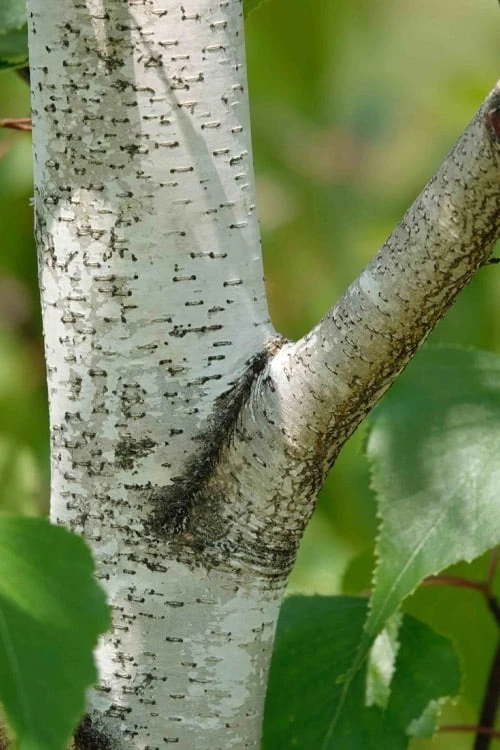

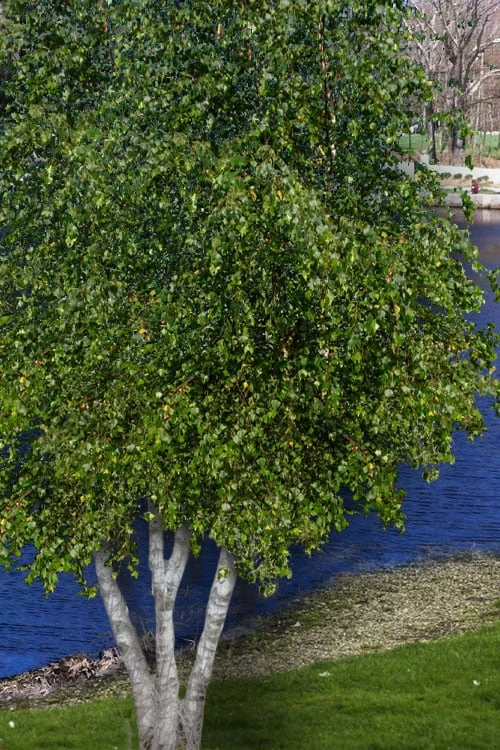
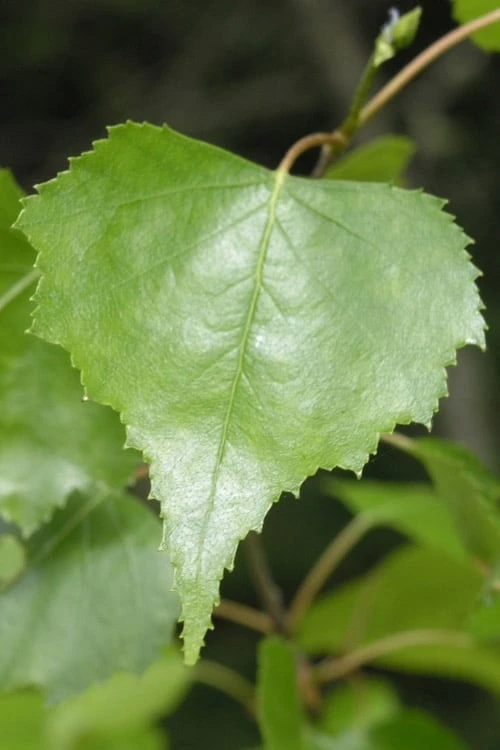
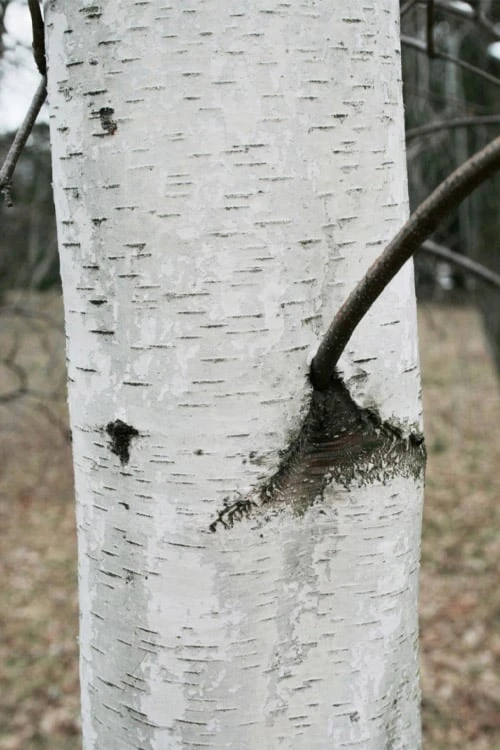
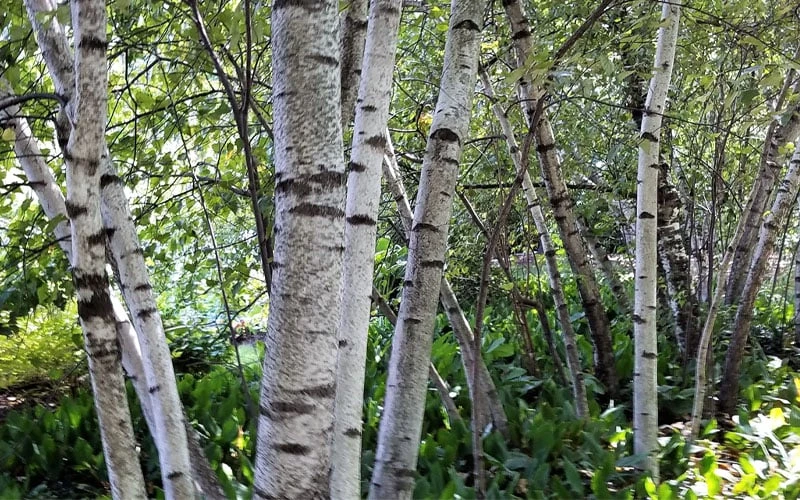
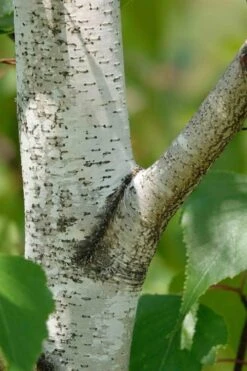


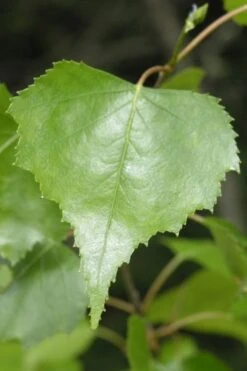
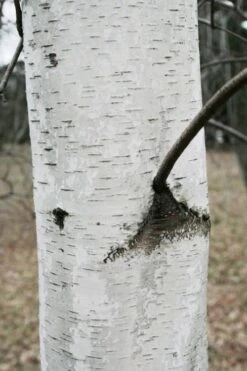
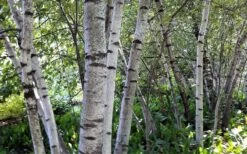
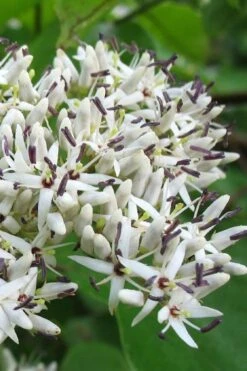



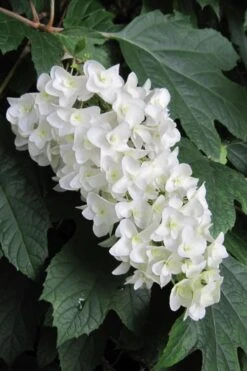

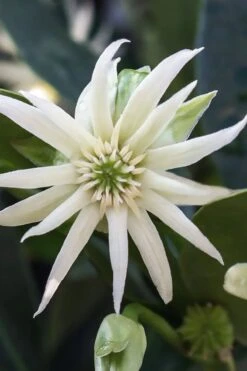

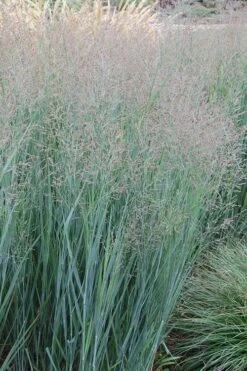







Reviews
There are no reviews yet.